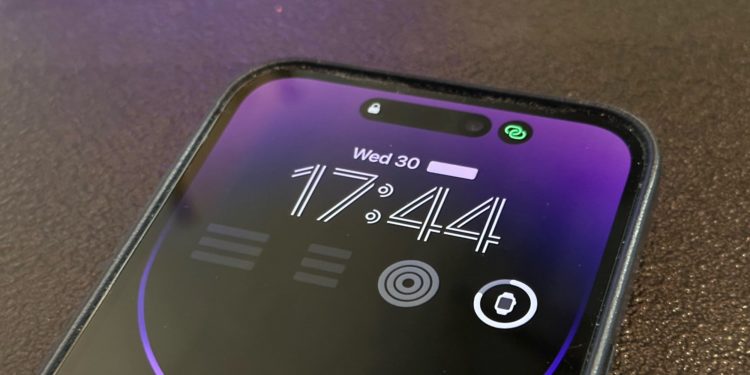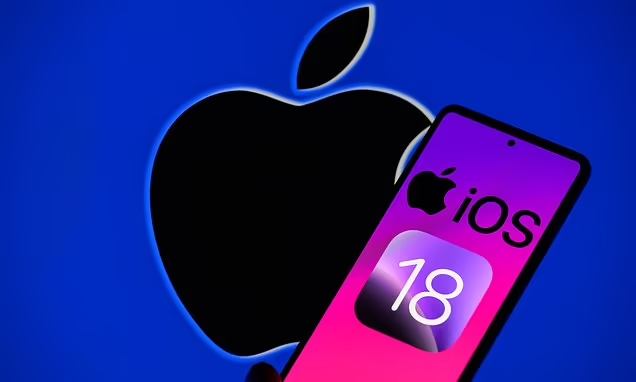
Apple’s Find My Update Could Let You Share Lost Item Locations with Non-Contacts
Apple
Zaker Adham
06 November 2024
05 October 2024
|
Zaker Adham
Summary
Summary
When Apple unveiled the Vision Pro on June 5, 2023, Mike Rockwell, VP of Technology Development, emphasized that the device was safeguarded by over 5,000 patents. While it's impossible to cover all of these, a closer look at some of the standout features offers a glimpse into the innovations behind Apple's new mixed reality device. One of these is Apple's seamless gesture-based control system for its visionOS—particularly the pinch gesture, which has caught Meta's attention. Meta has incorporated similar gesture controls for their upcoming Orion Smartglasses, as highlighted in their marketing material and keynote presentation.

Recently, the U.S. Patent and Trademark Office published a patent application from Apple that provides further insight into their pinch gesture recognition and rejection system. This system enables users to control key aspects of visionOS using simple hand movements, underscoring the growing influence of gesture-based navigation in XR environments.
Apple's approach to Extended Reality (XR) aims to improve how users interact with virtual objects in environments that are either partially or wholly simulated. In this realm, Apple's patented system uses a combination of hand-tracking and contextual data, such as gaze and peripheral objects, to evaluate the intent behind gestures. This system minimizes errors when gestures are partially obscured or interrupted, ensuring that interactions remain smooth and intuitive.
For example, when users perform a pinch gesture, Apple's system analyzes the hand's motion and context, considering factors like eye movements or surrounding virtual elements to determine if the gesture was intentional. This approach to gesture recognition helps improve the accuracy and reliability of XR experiences.
In XR environments, including virtual reality (VR), augmented reality (AR), and mixed reality (MR), gestures have become a primary form of interaction. Apple's patent focuses on improving the reliability of these gestures, particularly when hands are occluded or partially blocked from the system's cameras. By locking in the state of a gesture before occlusion, Apple's framework ensures that the interaction remains uninterrupted.
The XR space continues to evolve, with companies exploring various methods of user interaction. Meta, in particular, has taken note of Apple's innovations and is working to integrate similar gesture controls into its Orion Smartglasses, further pushing the boundaries of XR technology.
Gesture-based control systems like Apple's have a wide range of applications beyond simple navigation. In enhanced reality contexts, they can simulate interactions with virtual objects or adjust digital content based on real-world physics. For example, head movements can influence the display of virtual elements or the direction of sound in a simulated environment.
These systems can be deployed in multiple formats, such as head-mounted displays, augmented windshields, or even contact lenses. Apple's technology, however, stands out for its adaptability and precision, allowing for more complex interactions in both consumer and enterprise applications.
Apple’s patent highlights its commitment to enhancing user experiences in XR environments through advanced gesture recognition systems. As more companies like Meta incorporate similar technologies into their products, it's clear that gesture-based control is set to play a pivotal role in the future of XR interaction. With Apple's focus on refining these systems, the Vision Pro's gesture interface could lead the charge in making XR experiences more immersive and intuitive.

Apple
Zaker Adham
06 November 2024

Apple
Zaker Adham
02 October 2024

Apple
Paikan Begzad
16 September 2024

Apple
Paikan Begzad
09 September 2024